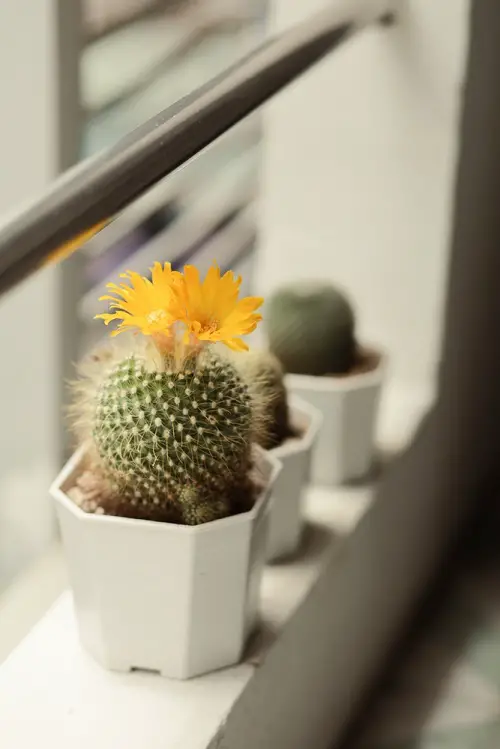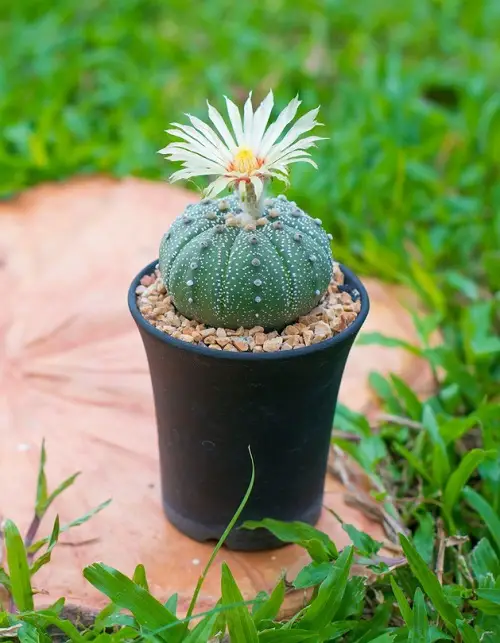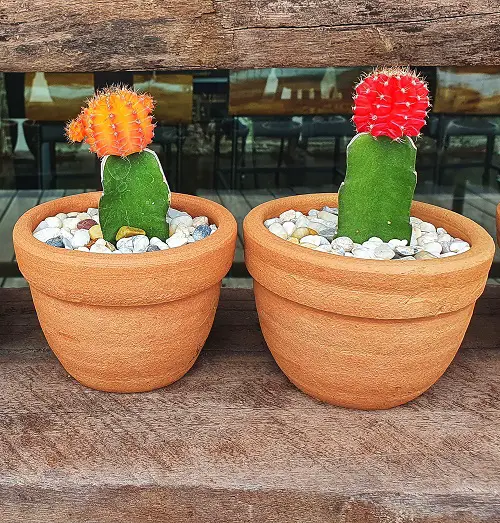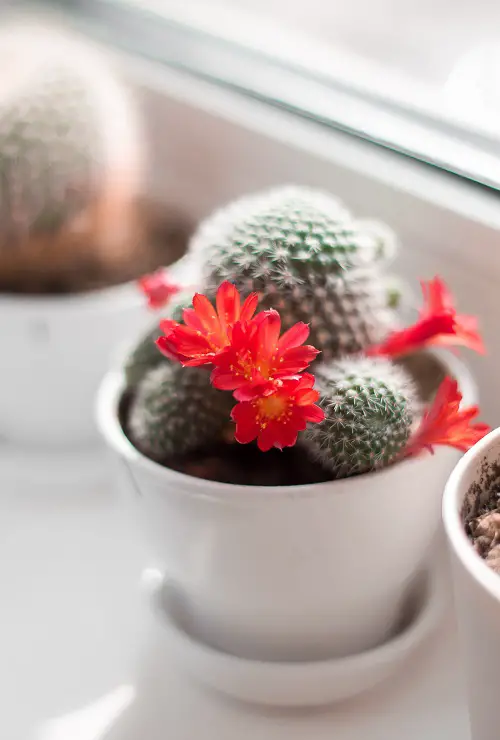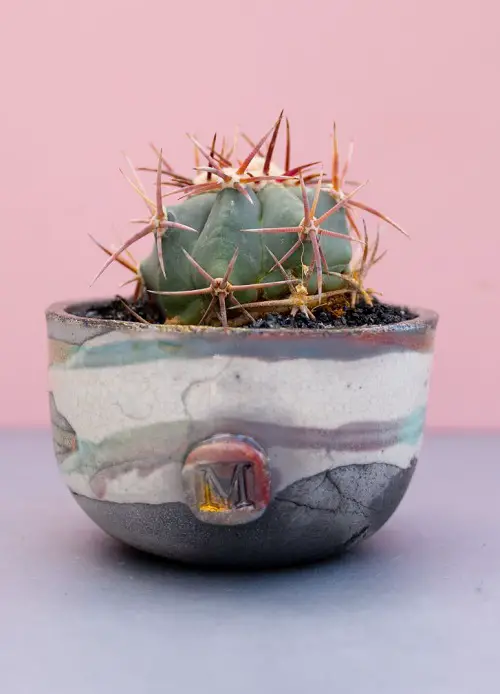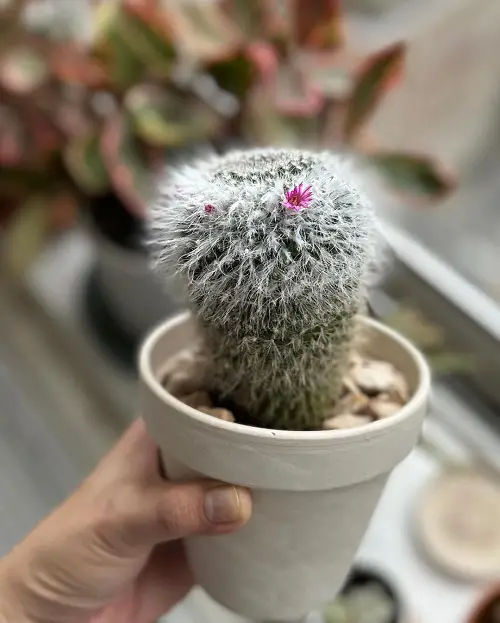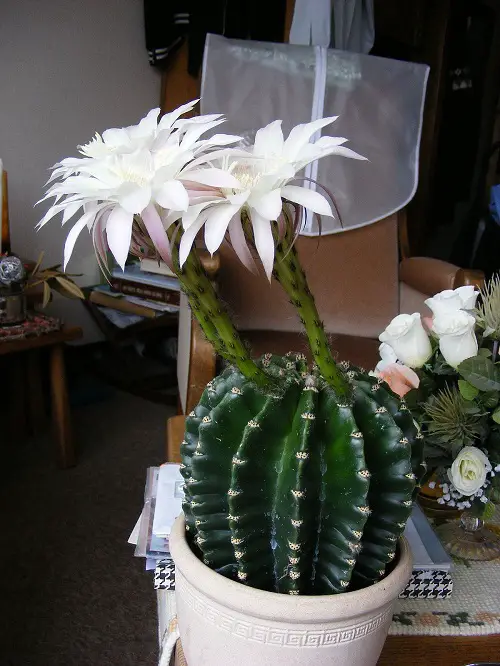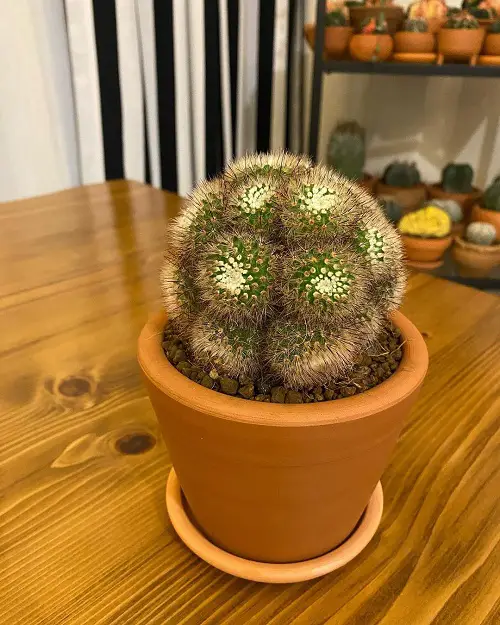Don’t know How to Grow Cactus from Seeds? We’ve got you covered with all the basics—plus the Best Cacti for Seed Propagation!
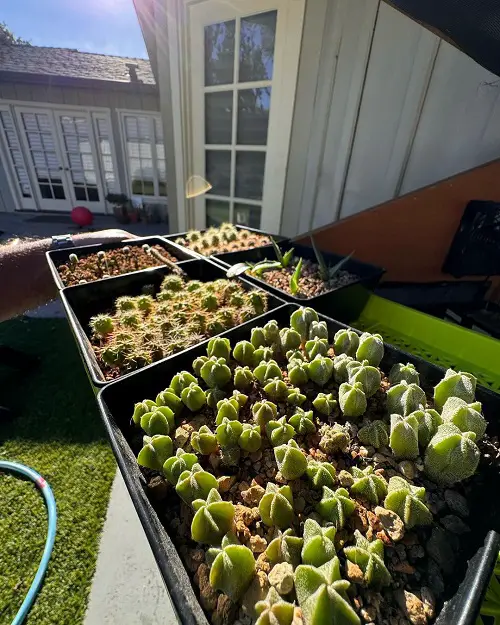
Did you know you could start a cactus from seeds with just a few cents? We’re not kidding; they’re cheap, easy to grow, and make great gifts! Here’s How to Grow Cactus from Seeds.
Getting Cactus Seeds
If you’re going to start a cactus from seeds, the first thing you need is the seeds themselves. They’re not hard to find–you’ll find these in garden supply centers, nurseries, online, and maybe even for free if you have a gardening circle.
You can also pick them. Once the cactus flowers have fallen off, only the seed pod remains, which you can pick for the seeds. But don’t do it from someone’s property without asking.
How to Grow Cactus from Seeds?
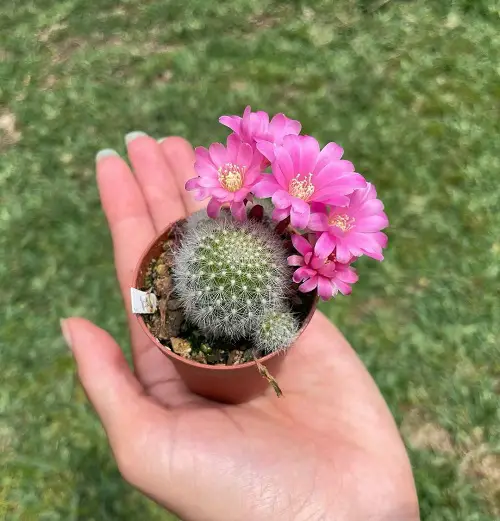
Growing a cactus from seeds takes quite some time, so you’ll have to be patient. Once you have the seeds, take a shallow container (one with drainage holes) and fill it with a well-draining cactus mix. Use a spray bottle to moisten the soil, but don’t leave any standing water.
Now scatter the seeds on the surface and cover them lightly with a thin sand or vermiculite layer (Cacti seeds don’t need to be buried deep). Once you’re done with this, all you need to do is keep it in a warm and bright place. You can also cover it with a plastic bag to create a mini greenhouse. This is where you have to be patient because the seeds may take a few weeks to a few months to germinate.
Best Cacti to Grow from Seeds
1. Barrel Cactus
Botanical Name: Echinocactus
The Barrel Cactus can reach 5-10 feet tall with a 2-foot spread, producing a 3-inch wide orange-yellow flower on each tip in summer.
2. Ball Cactus
Botanical Name: Parodia magnifica
It can reach a mature height of 3 feet and is covered with hair-like spines. It displays yellow flowers in summer.
3. Pincushion Cactus

Botanical Name: Mammillaria
It looks like a round pincushion and will tolerate heat and light frost. In the spring, this cactus offers clusters of bright pink funnel-shaped flowers.
4. Prickly Pear
Botanical Name: Opuntia
This cultivar has round, flat joints called pads with small, barbed spines. It does great in indirect light, too.
5. Rebutia
Botanical Name: Rebutia
Rebutia is quite easy to grow and maintain. In the right growing conditions, it produces cute clusters of small flowers.
6. Acanthocereus

Botanical Name: Acanthocereus
This sprawling cactus plant has long stems. It stays compact if grown in pots, making it a good indoor specimen.
7. Astrophytum asterias
Botanical Name: Astrophytum asterias
These are slow growers but they’re worth it because they reward you with large flowers that are as big as it’s body.
8. Gymnocalycium baldianum
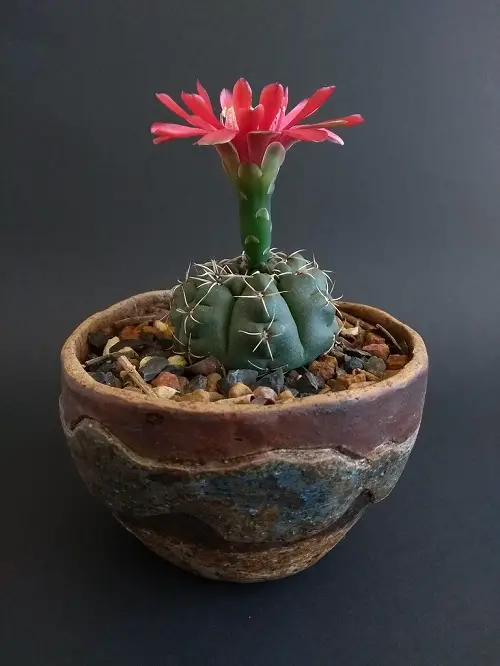
Botanical Name: Gymnocalycium baldianum
You can propagate these from seeds or offsets. But do it in early spring as the temperature is favorable.
9. Blue Barrel Cactus better

Botanical Name: Ferocactus glaucescens
They’re named so because of their blue-green foliage that stands out. You can grow them indoors easily.
10. Golden Barrel Cactus
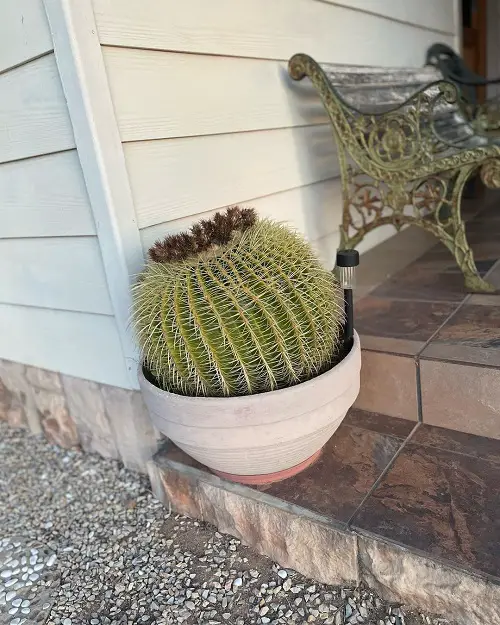
Botanical Name: Echinocactus grusonii
With golden spines, deep ribs, and a spherical shape, how can you not love this cactus variety?
11. Sulcorebutia rauschii
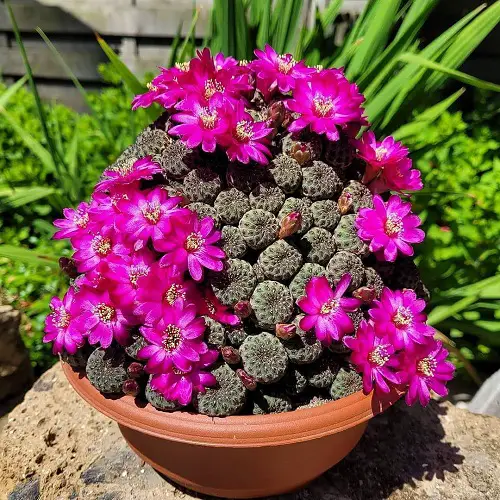
Botanical Name: Sulcorebutia rauschii
These mini clustering cacti come from Bolivia and have a beautiful pink-purple shade. They also have funnel-shaped flowers.
12. Orange Barrel Cactus

Botanical Name: Ferocactus cylindraceus
Orange Barrels are mostly found in the Southwestern US and have a barrel-shaped body. They’re known for their pink spines and yellow flowers.
13. Mammillaria lasiacantha
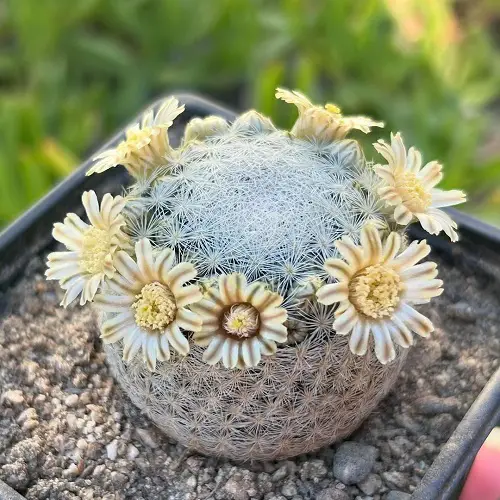
Botanical Name: Mammillaria lasiacantha
You might also know this as the Lacespine Nipple cactus. It is small in size and has pretty little flowers.
14. Silken Pincushion Cactus

Botanical Name: Mammillaria bombycina
These low-maintenance cacti are perfect for beginners and grow up to 8 inches in height.
15. Moon Cactus
Botanical Name: Gymnocalycium mihanovichii
Moon Cactus are South American natives with red, yellow, orange, or pink flowers. Their body is a gray-green color.
16. Indian Head Cactus
Botanical Name: Parodia ottonis
It’s a dwarf cactus species with a cute, round shape with sharp-edged ribs and small spines.
17. Strawberry Hedgehog Cactus

Botanical Name: Echinocereus engelmannii
The Strawberry Hedgehog cactus is common in California, Nevada, Utah, Arizona, and Sonora. It’s a lovely choice for seed growing.
18. Red Crown Cactus
Botanical Name: Rebutia minuscula
Red Crowns are small, clumping cactus varieties that give beautiful pink or red flowers that are funnel-shaped.
19. Glory of Texas
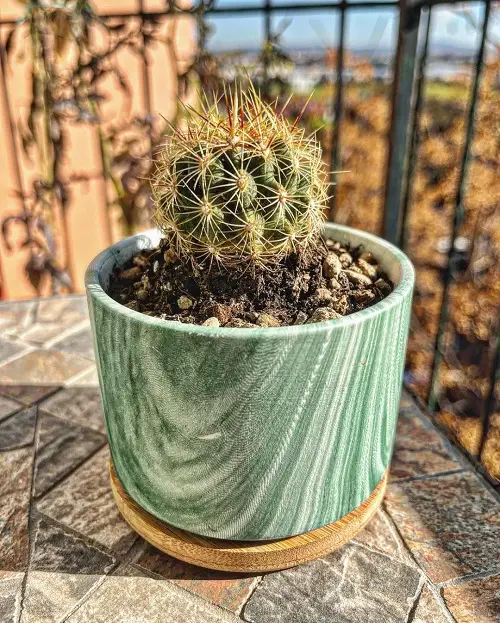
Botanical Name: Thelocactus bicolor
The quickest and easiest way to propagate these is via seeds. They’re solitary plants and grow 1-1.5 feet tall in the right conditions.
20. Peyote Cactus
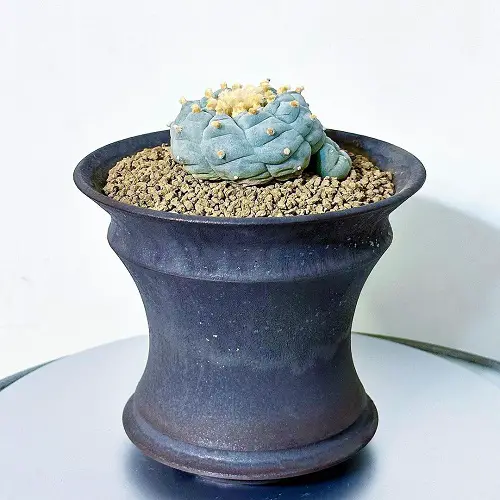
Botanical Name: Lophophora williamsii
Peyotes are spineless and are used by North American indigenous people in religious ceremonies. It grows in limestone soils of the Chihuahuan Desert.
21. Mammillaria compress

Botanical Name: Mammillaria compressa
These are ornamental cactus plants that start globular but slowly form large clumps as they mature.
22. Coryphantha macromeris
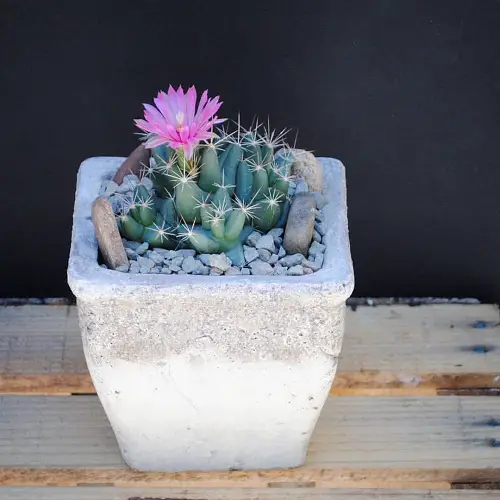
Botanical Name: Coryphantha macromeris
If you’re growing cactus for small containers, this is the one to go for. Plus it has beautiful pink flowers.
23. Mammillaria glassii
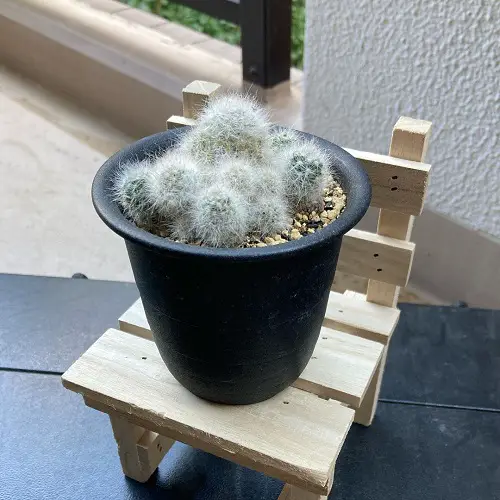
Botanical Name: Mammillaria glassii
The M. glassii is a petite, round-shaped cactus that you can easily grow with seeds, offsets, or cuttings.
24. Easter Lily Cactus
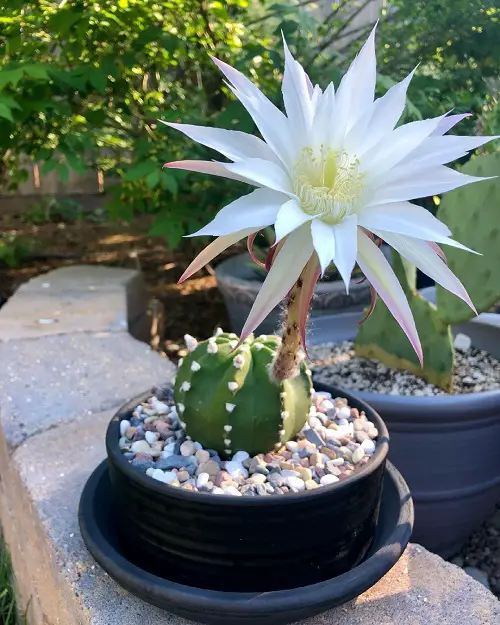
Botanical Name: Echinopsis oxygona
Look at the delicate, soft pink flowers of this one. Pretty, right? These flowers are night-blooming.
25. Eagle Claw Cactus
Botanical Name: Echinocactus horizonthalonius
The tops of these cacti can be flat or rounded. They are solitary cactus and have a blue-green or gray-green color.
26. Townsend Barrel Cactus

Botanical Name: Ferocactus peninsulae
Ferocactus peninsulae is indigenous to the deserts of Baja California Sur in Mexico and gives yellow or red flowers.
27. Old Lady Cactus
Botanical Name: Mammillaria hahniana
It’s called Old Lady because its spines cover it up entirely and make it look like an old lady’s white-haired head.
28. Balloon Cactus
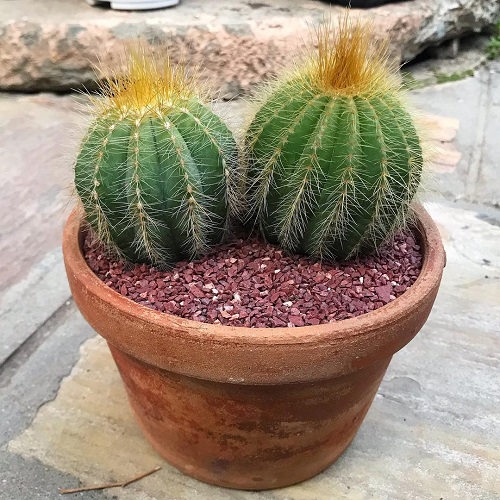
Botanical Name: Parodia magnifica
Balloon Cacti are short and cylindrical in size and shape. They also produce lemon-yellow flowers and golden spines.
29. Finger Cactus
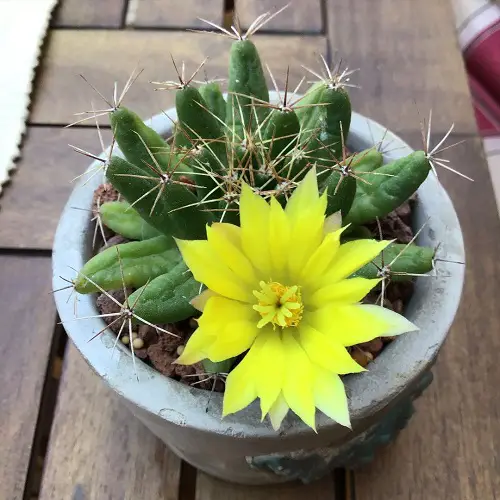
Botanical Name: Mammillaria longimamma
The finger-like stems of this cactus earn it the name. They form a dense clump and give large, bright yellow flowers in summer.
30. Easter Lily Cactus
Botanical Name: Echinopsis eyriesii
Easter Lily cacti have beautiful night-blooming flowers that grow on long tubes even larger than the cactus body.
31. Bishop’s Cap
Botanical Name: Astrophytum myriostigma
This variety is truly gorgeous and has a star-shaped body. It also produces vibrant yellow flowers that add to its allure.
32. Snowball Cactus
Botanical Name: Parodia scopa
You’ll see them growing in rocky grasslands and hillsides of Brazil and Uruguay. They also make great houseplants.



